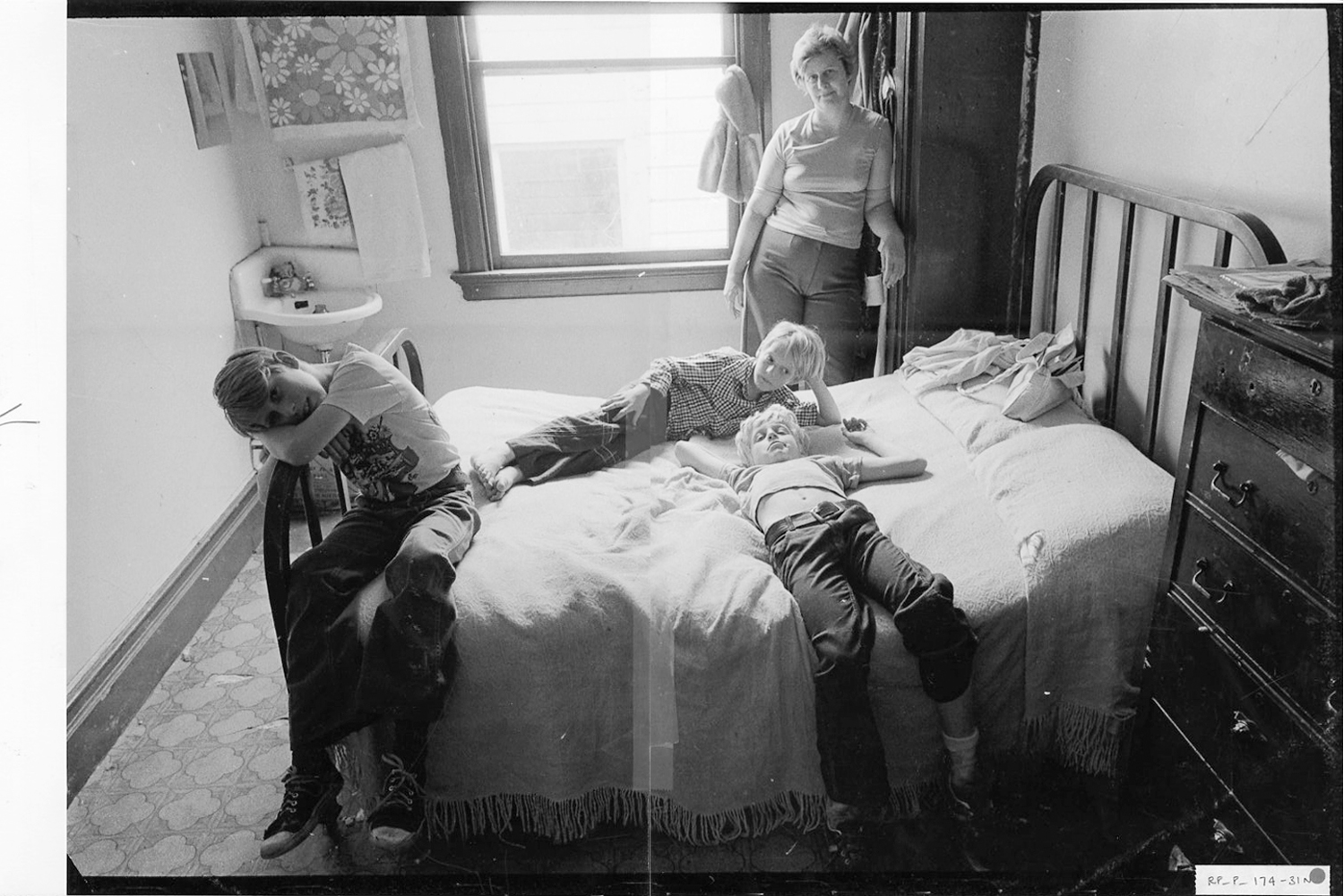
Although a photographer’s process is integral to his/her work, it is often a carefully guarded secret. Most photographers tend to keep the development of their work to themselves, sometimes choosing to seek counsel only from a small circle of trusted friends.
It comes as a surprise, then, to find Magnum photographer Jim Goldberg’s reworked sketches, videos and maquettes of his groundbreaking books openly shared online.
For Goldberg—a photographer whose approach has always been eclectic, evolving, and utilizing other mediums, including text—the very act of sharing these works in progress is an important and formative part of the final product.
Goldberg talked to LightBox about the process of revisiting, sharing and republishing two of his groundbreaking works. Rich and Poor (1977-85) juxtaposes two economic classes through intimate environmental portraits and personal statements written on the prints by the subjects, while Raised by Wolves (1985-95) documents the lives of homeless runaways in San Francisco and Los Angeles through photographs, text, drawings and interviews.
Being a teacher for so long, I’ve realized that so much of what you teach students is about learning to respect the importance of process. Watching students grow is interesting—and them observing my process helps them see that it’s not that mysterious of a thing to do. In order to figure this artmaking stuff out, it’s trial and error and experimentation, and takes some time and hard thinking. Putting work out in many forms and stages is an extension of how I see things. I feel the art process is best served when it invites comments and constructive criticism from people. It’s a strategic gesture, too, because the feedback I receive helps me move forward with my ideas, which is what process is about—to craft and evolve something.
Rich and Poor
I was invited by Steidl to republish Rich and Poor. Up to this point my archive was mostly analog. Revisiting Rich and Poor meant that it was time to start digitizing my older work. I started by going through all of my contact sheets and re-editing. My studio ended up scanning a lot of images that were never printed in the original book, which in turn gave me a way to experience my old work with a beginners mind. This got me excited about seeing things I had passed over years before during my original edit. When I originally made the work, I was getting so much positive feedback about how I was using images with text that the stand-alone images fell by the wayside. Or perhaps back then I didn’t have the courage to include images that functioned simply as straight photographs.
I also wanted to conceptually tie the past in with the present and so decided to revisit a few of the original subjects and map where they are today. I plan to include this in the new Rich and Poor edition via a small insert of contemporary imagery.
Raised by Wolves
Raised by Wolves has been out of print for some time, which has made it expensive and difficult to find—so people are constantly asking me for it. It’s also been almost 20 years since the book was published, so I felt it would be a good time to put it back on the table as something to look at again, as well as digitize.
Raised by Wolves was a good ten years of working with the kids; collecting ephemera; and making the exhibition and the book.
Still when it came time for the book and exhibition to be produced, and all the deadlines were mounting, aesthetic choices had to be made quickly as to what would be included and what was to go back into boxes. So there was a lot that hasn’t been looked at since.
My studio manager and I started brainstorming on strategies to get the work out there again, and we decided that the best way would be to make something to put up on my website.
So we took a new intern to the studio—who happened to be a production whizz—and had him organize and digitize everything. I gave him some guidance and checked in with him often on we had had discovered on that particular day, but for the most part gave him free reign as to what could be explored and organized.
Based on what I was witnessing on the streets, I knew that I needed to record what I was experiencing in ways that just couldn’t be done with the camera alone. I have, since the beginning of my career, used text, video, audio, Polaroids, found objects, and ephemera. With Raised by Wolves it was my first attempt to incorporate all these various approaches into one project.
Raised by Wolves, video by Jim Goldberg
The children in Raised by Wolves were living hard lives—lives that were leading to nowhere. So now, when I reheard a recording that the intern (Brandon) had found in some box, and I heard the voice of lets say Tweeky Dave, well that added something that would extend to the viewers experience of the project.
It’s always good to find things that you haven’t found before. I’m not doing it because I have nothing else to do or because I’m old and I may as well go back into my archive. I’m going back into my archive with purpose—to see what I can reinvent. I’m still vibrant and making new work. The making of the new work guides how the old work looks.
Beyond Rich and Poor and Raised by Wolves, Goldberg is revisiting and re-imagining other projects from his archive. A previously unpublished series titled Coming and Going is being reworked as a series of Japanese small books. Goldberg is also reevaluating and reworking Open See, the project for which he was given the Henri Cartier-Bresson Award in 2007 and the Duestche Borse Award in 2011. Goldberg plans a new edition that will be more expansive than the original, one that will further explain the complexities of the situation—of immigration, being a refugee and being trafficked in a place and time. Working roughs for the proposed book and multimedia sketches for the project again are available online. Goldberg says of his process “Its always good to find things that you haven’t found before and I’m going back into my archive with purpose—to see what I can reinvent. I’m still vibrant and making new work. The making of the new work guides how the old work looks.”
Photographer/Artist Jim Goldberg is a member of Magnum Photos and Professor of Art at the California College of Arts and Crafts. He Lives in San Francisco.

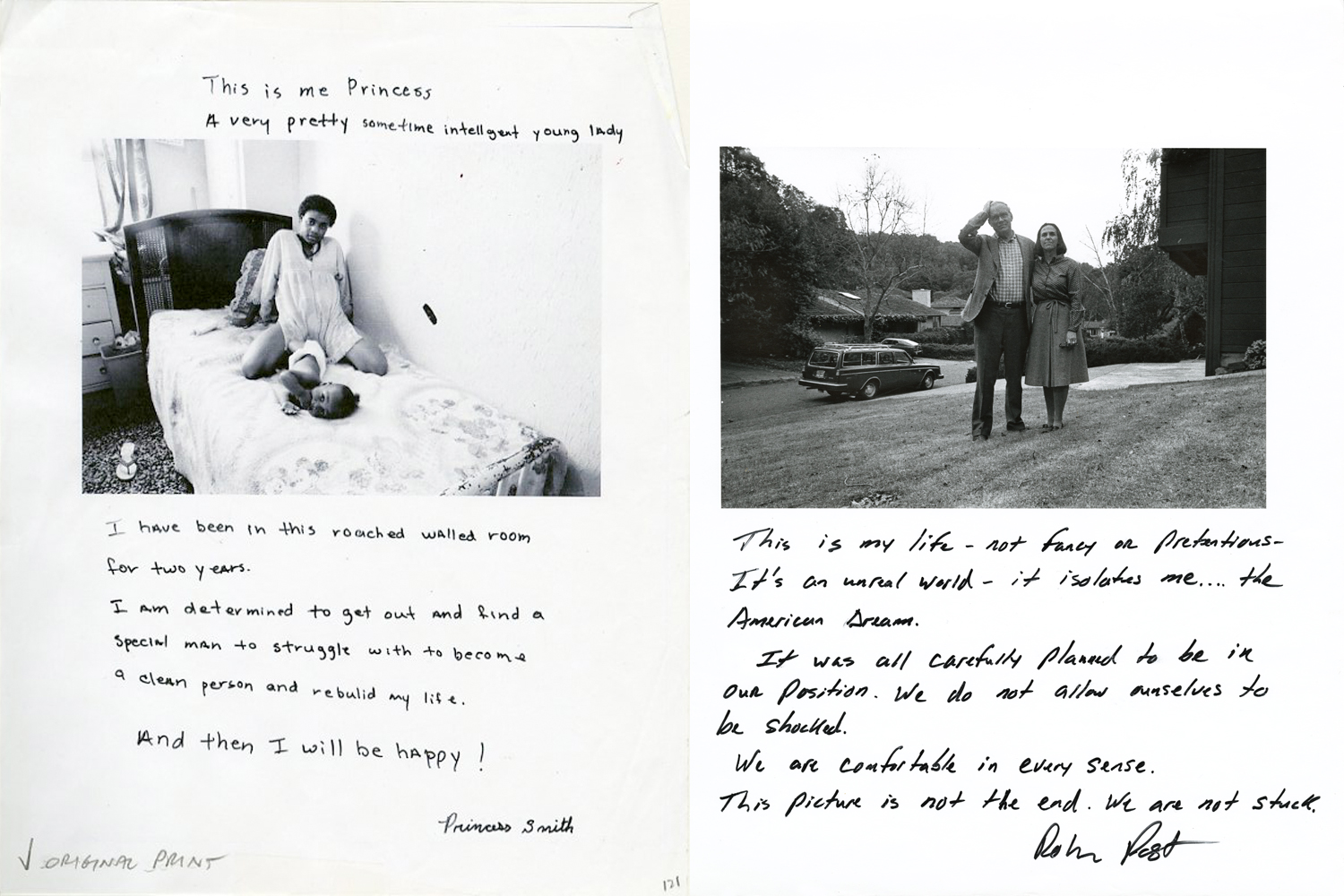

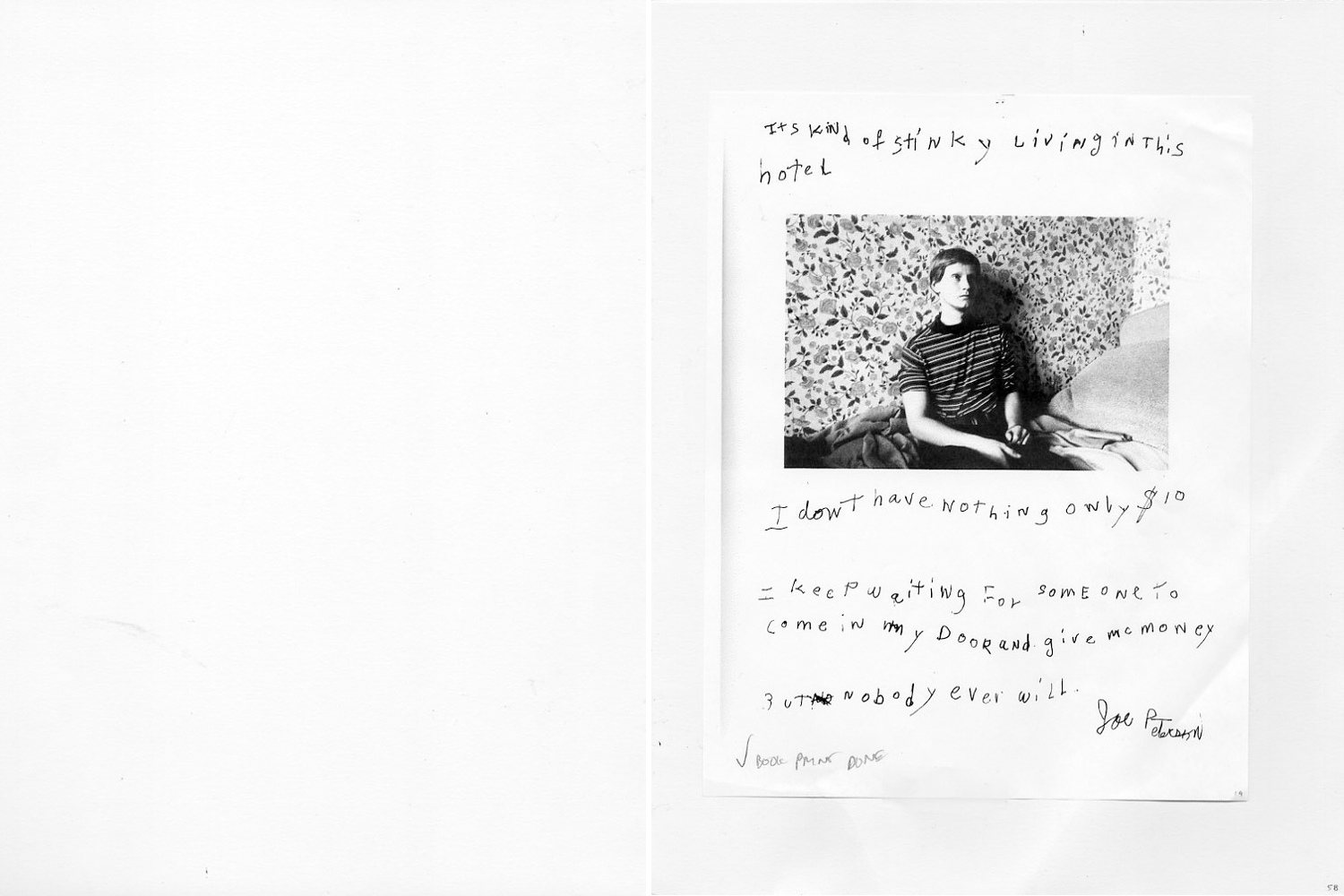
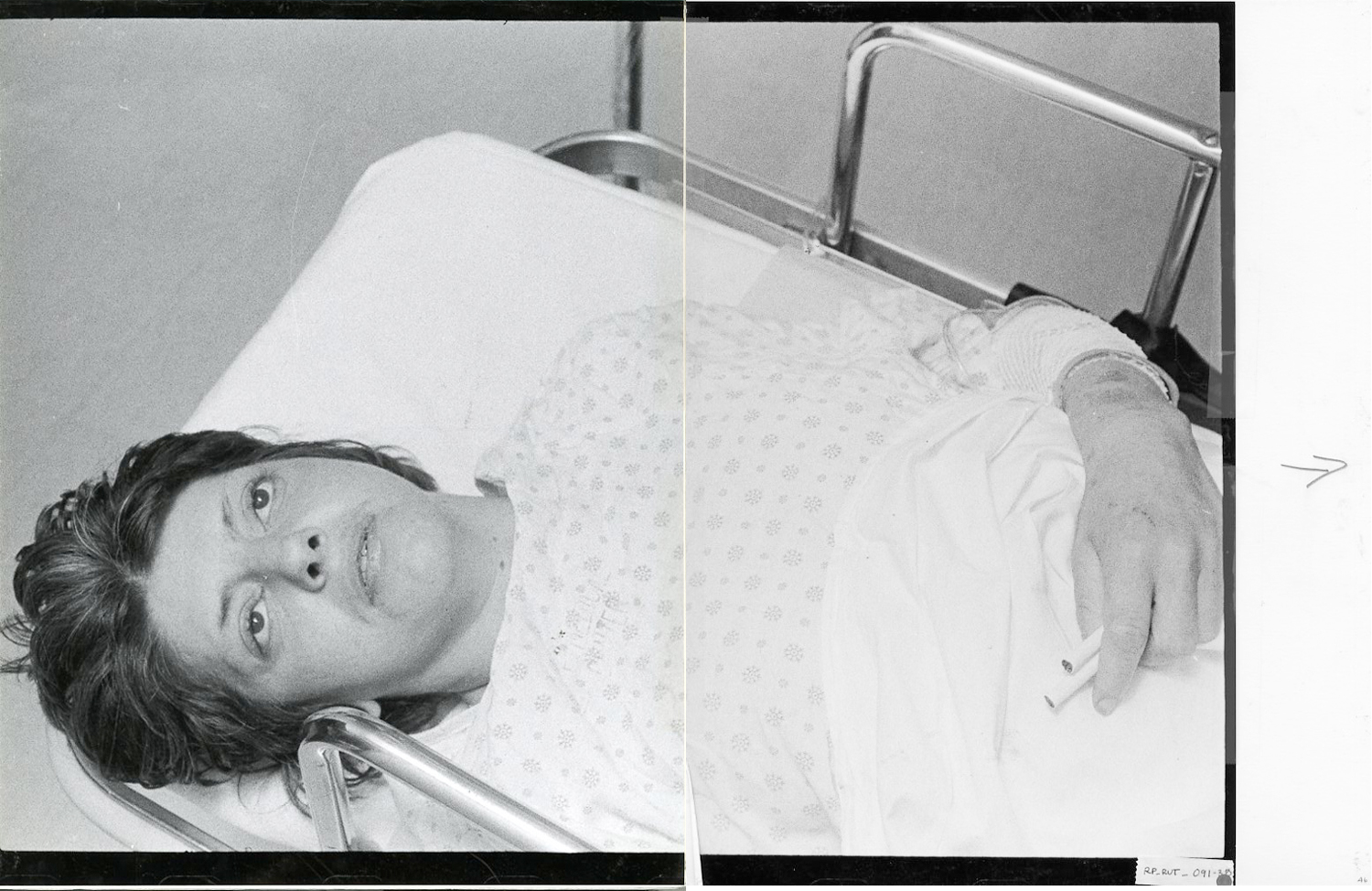

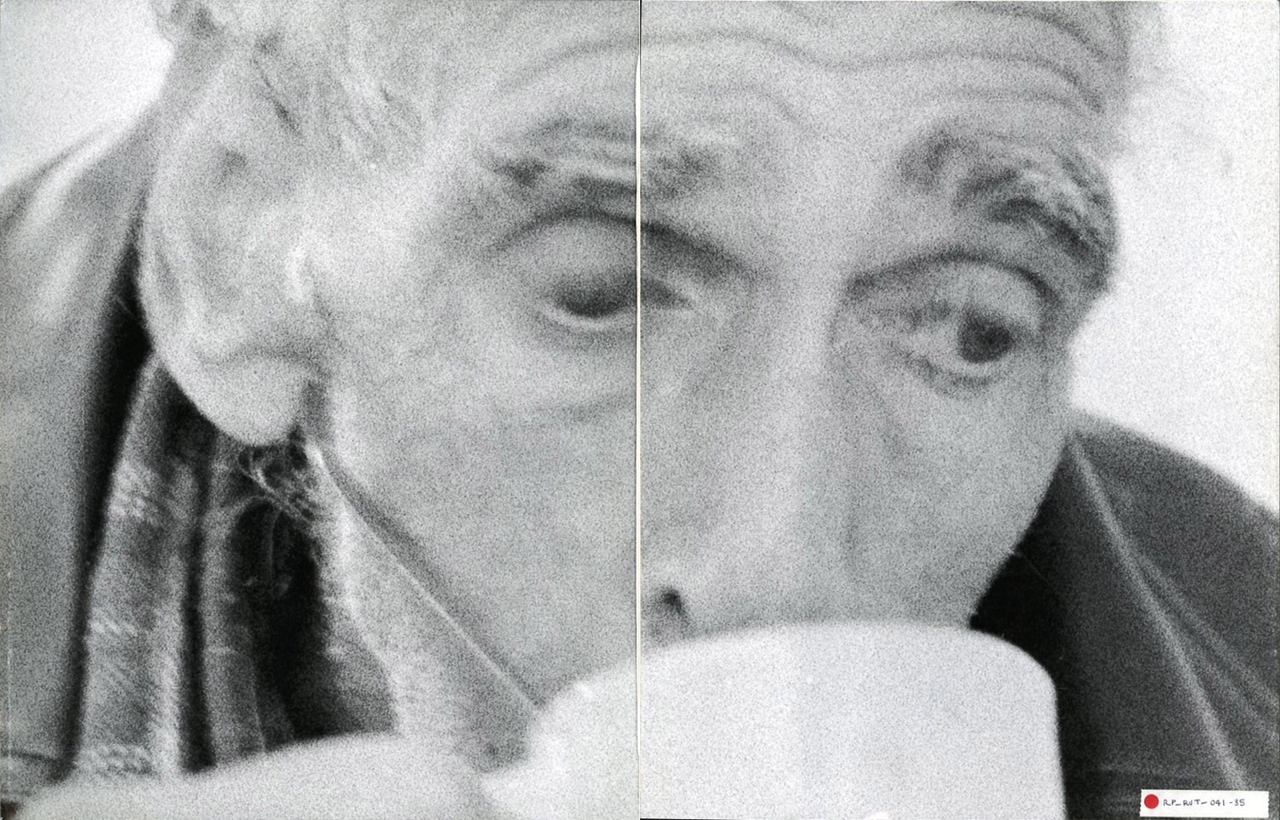

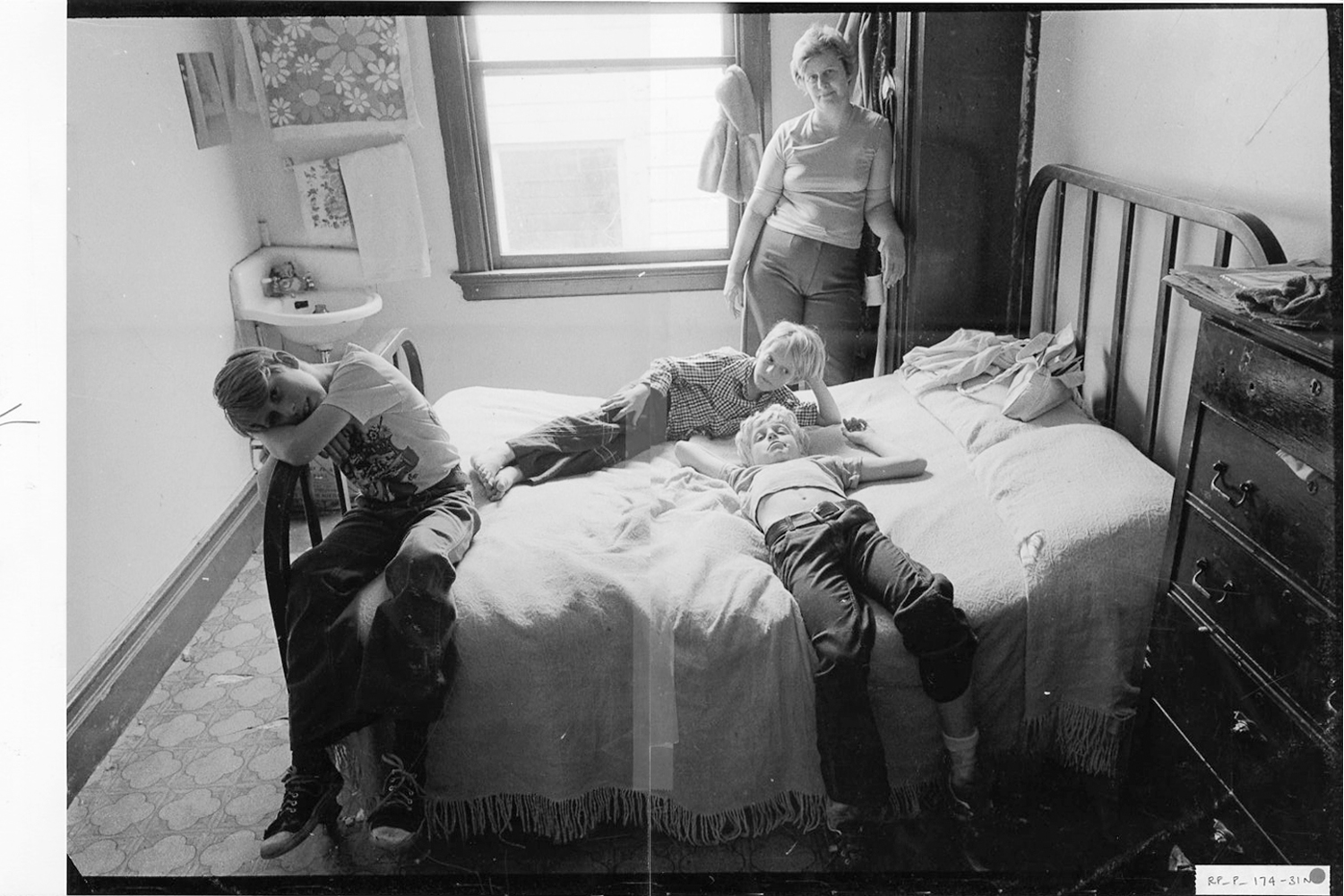

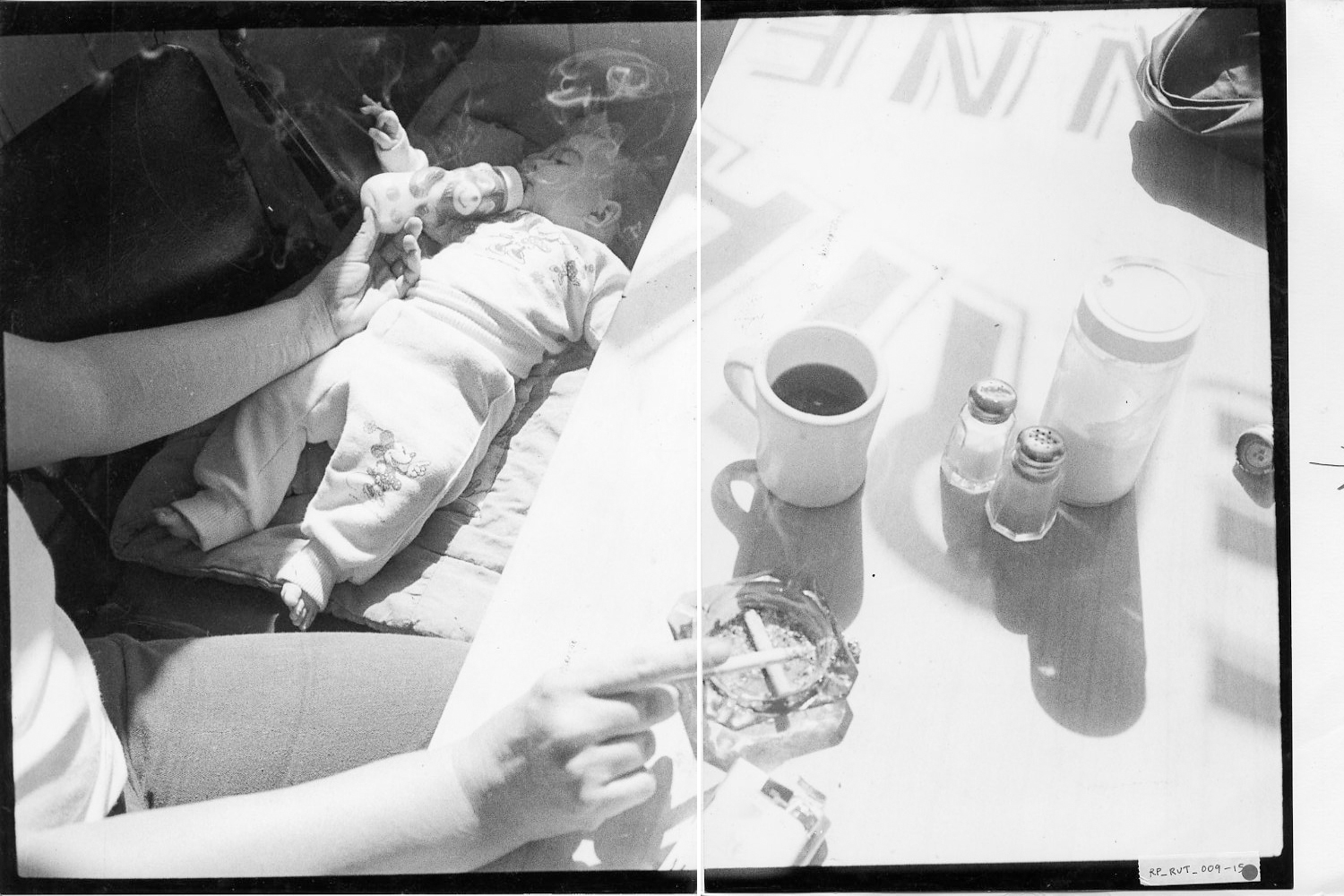

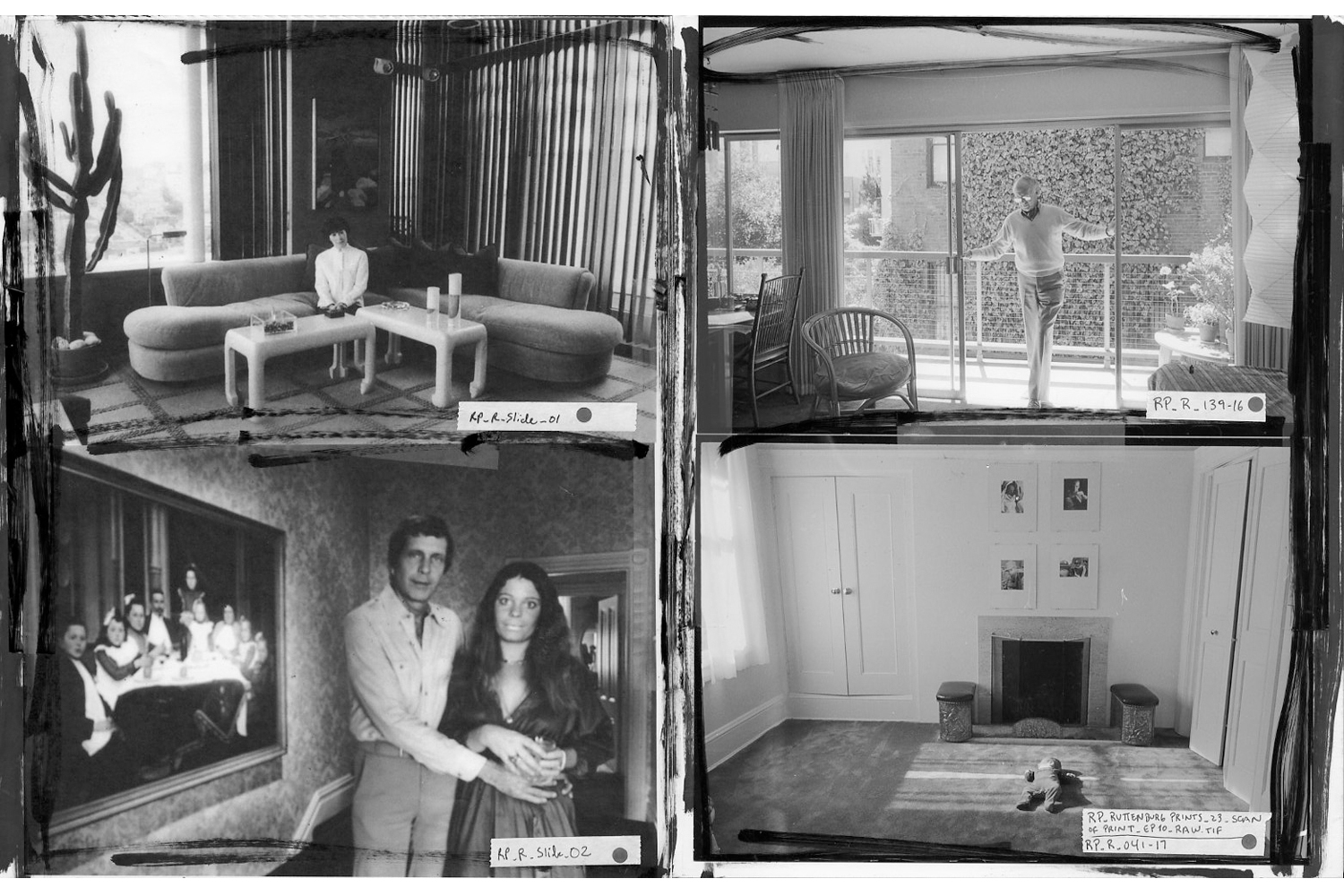


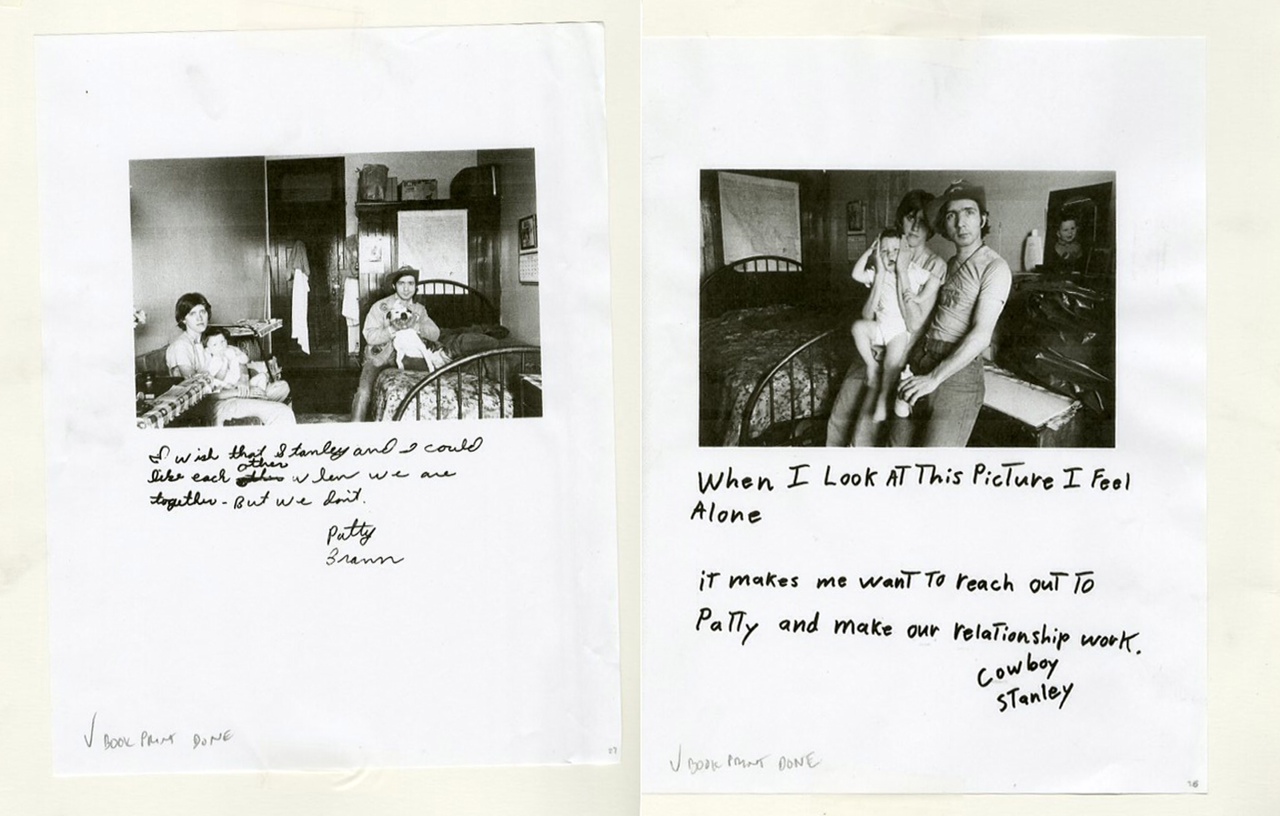
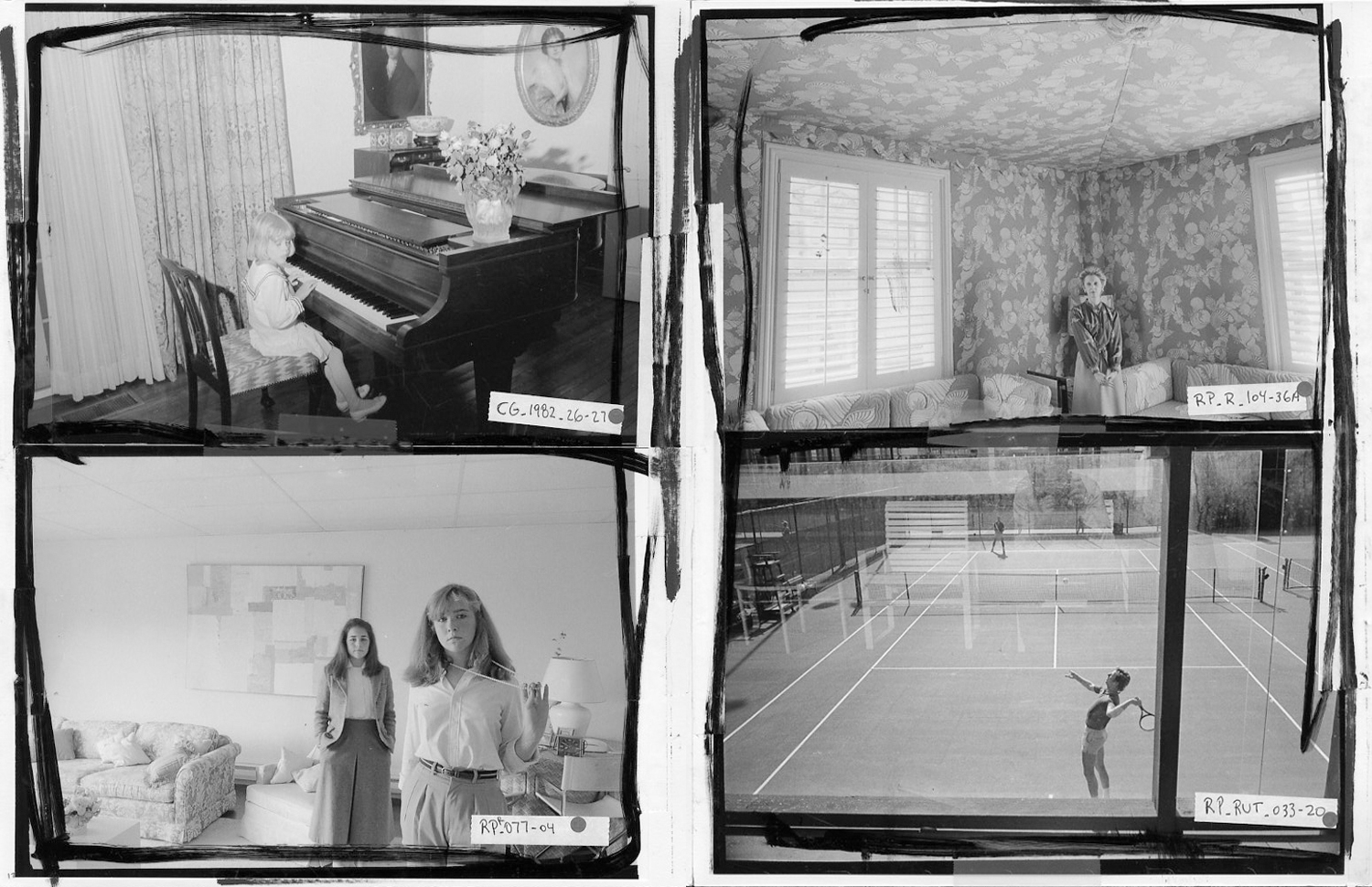




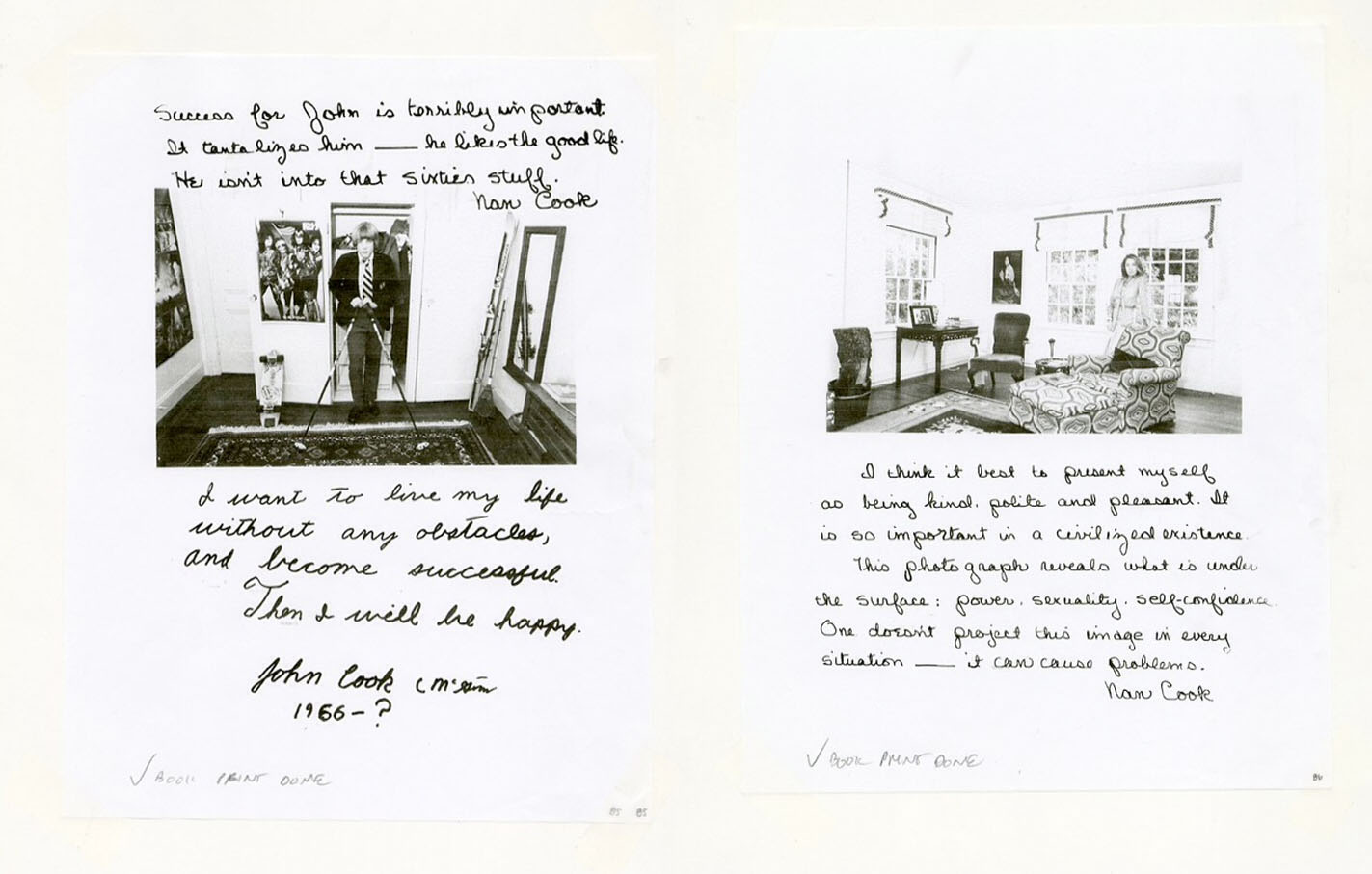
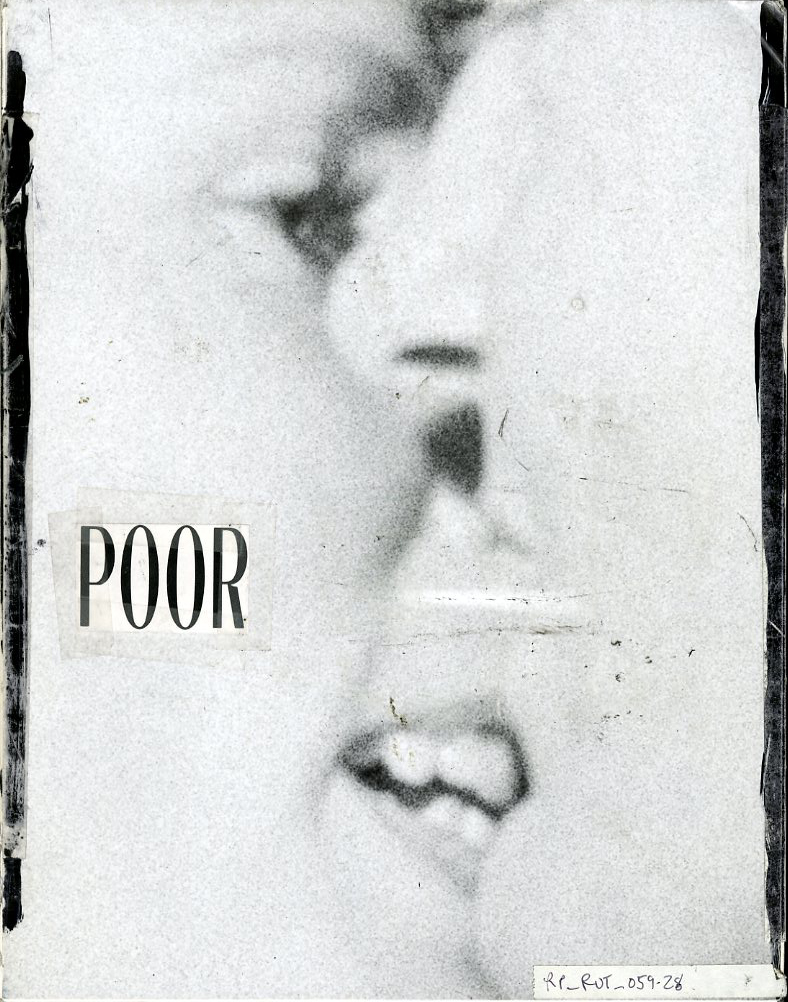
More Must-Reads From TIME
- The 100 Most Influential People of 2024
- The Revolution of Yulia Navalnaya
- 6 Compliments That Land Every Time
- What's the Deal With the Bitcoin Halving?
- If You're Dating Right Now , You're Brave: Column
- The AI That Could Heal a Divided Internet
- Fallout Is a Brilliant Model for the Future of Video Game Adaptations
- Want Weekly Recs on What to Watch, Read, and More? Sign Up for Worth Your Time
Contact us at letters@time.com